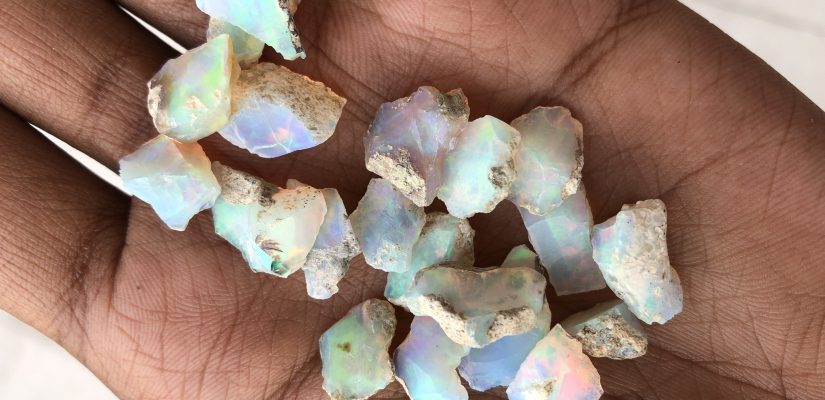
How to identify Ethiopian Opal Bead?
Ethopian Opal is one of the most diverse and spectacular types of opals on the market today. Since this type of opal is new, there is no industry accepted way to grade this type of opal like there is with the black opal. One of the most popular patterns in Ethiopian opals is a naturally formed potch line with web inclusions known as honey comb pattern. This pattern is very rare in any other type of opals. These honeycomb shapes are also known on occasions to have brighter or different colour than the surrounding opal, this is also a rare occurrence in nature. Ethiopian Opals are valued based on their bright flashes of fire colour. The brighter and more intense the color, the higher the price of the opal. Stones with red flashes are rarer than the other colors while the green and blue flashes are more common. When referring to a stone as a fake, it is usually implied that it is made entirely of some material that is chemically different from the real thing.Opals, however, are often not entirely made up of an imitation material. It is more often the case that the “fake” opal consists of some real opal augmented with other, non-opal materials.
Recognizing Synthetic Opals
One characteristic that distinguishes synthetic opals is that they are much more porous than natural ones. Synthetic opals also have lower density compared with real opals, and for this reason, synthetics tend to be lighter. When looked at under magnification, synthetic opals have a regular color pattern, whereas natural stones do not exhibit such regularity in their tone. Another indication that an opal is synthetic is that it does not fluoresce when lit with UV light.
Recent Comments